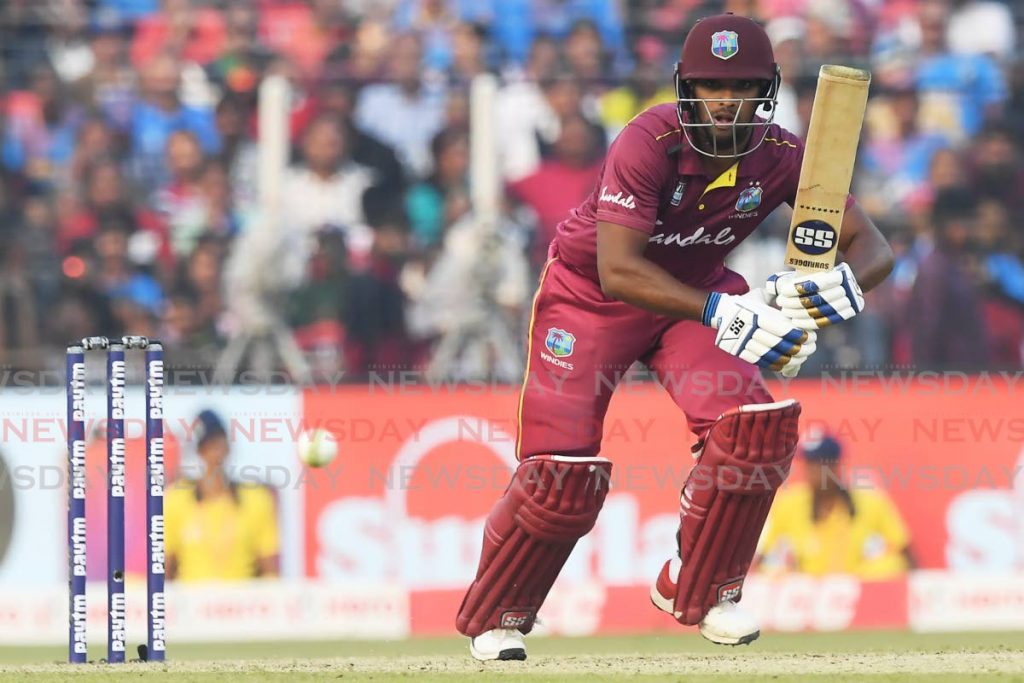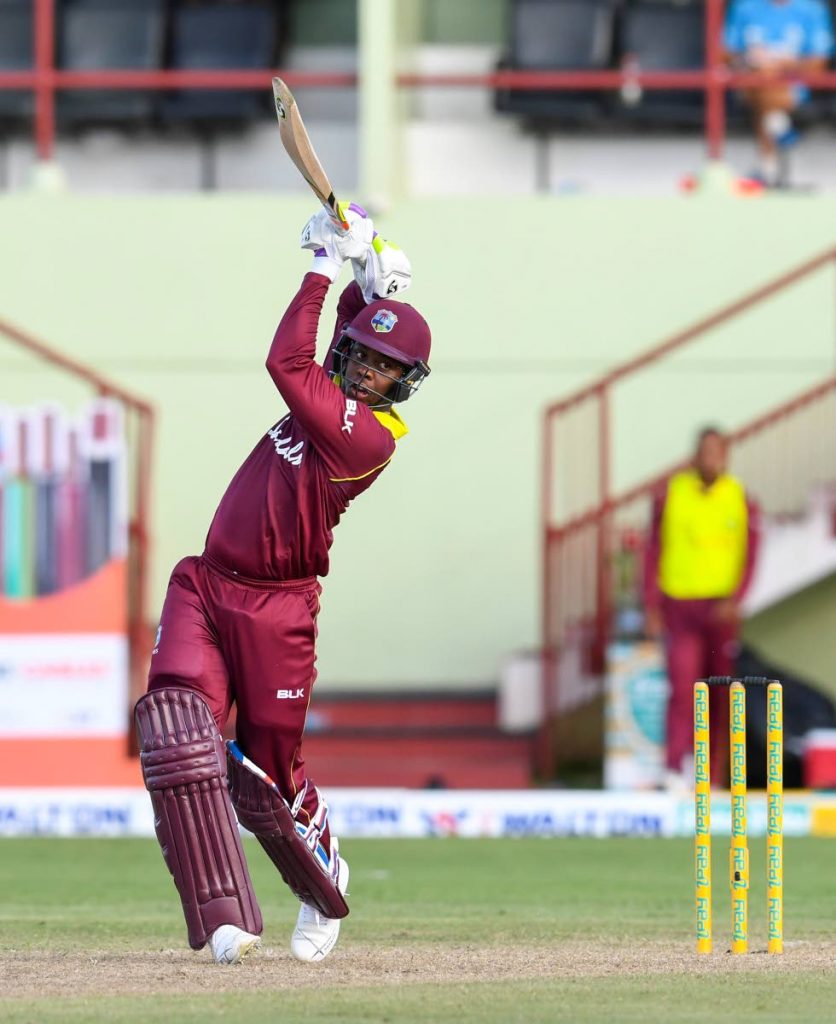Dr Mitchell is right: New Windies talent should mature through Tests

THERE are young batsmen on the West Indies (WI) team who possess tremendous natural ability. Then there are others with less ability but with the knowledge and cricket intelligence to perform at a high standard for the team.
However, they should be functioning more consistently at international level, such as Nicholas Pooran, 24, at the World Cup in 2019.
It’s early days yet in the new era, and though there is a definite improvement in the attitude and approach of the team, there is a need for more reliability.
I believe the Prime Minister of Grenada, Dr Keith Mitchell (a former chairman of Caricom’s prime ministerial sub-committee on cricket) has a similar viewpoint.
He said Cricket West Indies (CWI) should review how it manages young players like Pooran and Shimron Hetmyer, in order to get the most out of their talent.
Dr Mitchell is especially wary of the T20 format of the game interfering with the achievements of these two most promising left-handed batsmen on the world stage. He is critical of the youngsters playing in all three formats of the game, the T20, One-Day Internationals, and Test cricket before they have matured.
He believes choosing such players, in all versions, before they have blossomed could result in stifling their talent at Test-match level, which is the highest form of the game, whereby WI would lose the benefit that these promising batsmen could bring to the further advancement of Caribbean cricket.

Currently, Hetmyer is involved in all three competitions, while Pooran is used in the white-ball versions only. Mitchell remarked, “You have talent in Pooran and Hetmyer – these guys on the 50-over and on the Test team, we’d be moulding these guys.
“But when a guy gets used to sixes and sixes and hitting the ball in the air in the 20-over game, which they must do, I think the mindset if they’re not well-developed yet…you can be spoiling a talent that is there for the longest version of the game and the 50-over game.”
He continues, “That’s my opinion; I might be wrong…but in watching it from the sidelines, I think it is something CWI and selectors must look at – do you need to play these young players in all versions of the game? I’m not sure that’s the right thing to do.”
The modern-day cricketer does have a lot to contend with and although adequately talented to play all three styles, it should be ensured that he’s mature enough to handle the workload plus the changes in approach necessary.
For example, at present, in the case of the young left-handed Hetmyer, 23, he is struggling to be consistent as he lacks the foundation on which the structure of classic batsmanship is built. His attacking nature is not governed by common sense. Hence, he too easily surrenders his wicket at a much cheaper price than his talent is worth.
Let’s compare Shai Hope, who was introduced internationally through Test cricket and built his batting ability, his understanding of the game, the right attitude and desire; all combined to complete his experience of “playing an innings” then to identify his part in the game. That awareness has matured him so that he can now adjust to the differences and vagaries of the other varieties and be a producer in all.
And this lesson is not just for batsmen, but all cricketers, where the pattern follows real life in its development and transition from green to ripe, immature to mature.
The character of the sport of cricket is such that in playing a game, whether batsman or bowler, the idea is for the bowler to work at various deceptions, in order to remove batsmen from the crease while employing diverse strategies with assistance from his fieldsmen and wicket-keeper, in partnership with his captain, for as few runs as possible. Batsmen have to counteract the bowler’s plans in order to score runs. The entire contest between bat and ball is the unfolding drama of the game on the field of play.
The young cricketer survives through proper coaching and motivation in how to read and understand the game. When he grows to comprehend the rudiments of the game and has played sufficiently, only then will he be able to adjust, with the experience he has gained, to the numerous forms of the game and be successful. It can take a few years, but the cricketer is all the better for it. His knowledge will serve him well.


Comments
"Dr Mitchell is right: New Windies talent should mature through Tests"